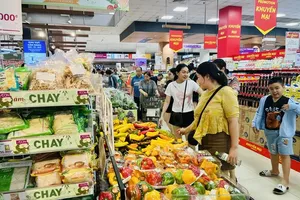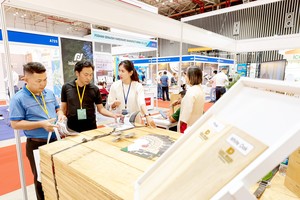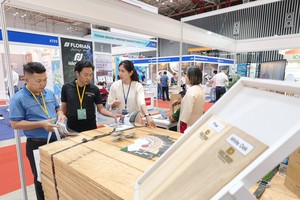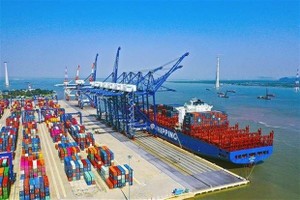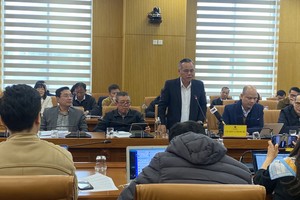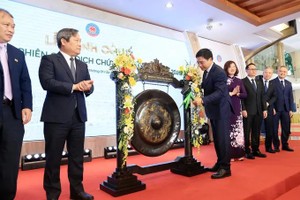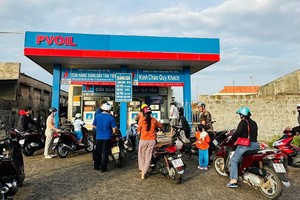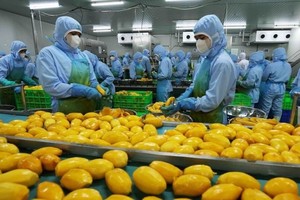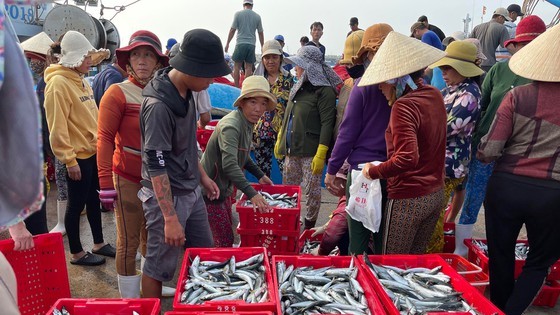
Deputy Director of the Export Promotion Center Nguyen Thu Thuy (under the Ministry of Industry and Trade – MoIT) informed that RCEP has committed to opening its market for Vietnamese products, services and investments, to simplifying customs procedures, to setting up origin rules, and to minimizing trade barriers. This will obviously offer many precious opportunities to Vietnamese enterprises, particularly those in the seafood industry, since this market accounts for 63 percent of the country’s export market share.
The seafood export turnover of Vietnam since the beginning of this year has reached US$3.6 billion, an increase of 46.8 percent compared to this time last year. In particular, the Chinese market has come to $578 million, a rise of 94 percent compared to last year, as the seafood demands of this nation is diverse and always high, and has welcomed 128 seafood kinds from Vietnam.
Representative of Vietnam Trade Office in Singapore Cao Xuan Thang informed that the seafood market of this country is not significant, but its import for export market is the largest in the region. At present, its total seafood import is estimated to be $400-500 billion a year, only $6 billion of which comes from Vietnam. This means that Vietnamese businesses can either export seafood for the local demands of Singapore or form partnerships with Singaporean companies to export to a third nation.
The Vietnam Association of Seafood Exporters and Producers (VASEP) also reported that in the first 5 months of 2022, Vietnamese seafood export turnover has reached $4.5 billion, a rise of 44.5 percent compared to this time last year, $2.8 billion of which has come from Pangasius and shrimp.
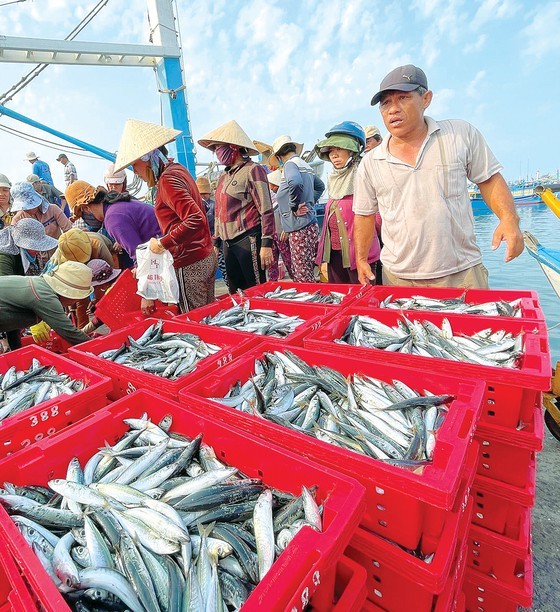
To further expand the international seafood market, on May 30, Vietnam Trade Promotion Agency (under MoIT) worked with Vietnam Trade Offices located in China, Japan, Australia and over 100 domestic seafood export businesses. Vietnamese embassies in RCEP member countries voiced common technical barriers and specific characteristics of each market for domestic businesses to make corresponding adjustments.
The Japanese market, for instance, is rather strict in food sanitation and favors seasonal food since Japanese consumers believe that this food kind is the most nutritious and can ensure sustainability of the current ecosystems and the environment.
The Chinese market focuses on effective measures to control Covid-19 infection as the country still follow strict regulations for zero-Covid result.
The Australian market has its own specific regulations for seafood import besides common food sanitation rules.
The Malaysian market observes common product quality regulations and Halal Standards since most consumers here are Muslim. The products should have either English or Malay instruction printed on package, and the content must be see-through. This market is quite nice because its technical barriers are highly stable.
While previous free trade agreements require seafood totally originating from Vietnam, RCEP allows products grown or raised in Vietnam to enjoy preferential treatments when exporting.
VASEP proposed that to take full advantage of all incentives in RCEP Agreement to enhance the comparative advantage of Vietnam, domestic seafood businesses need to thoroughly understand all origin rules, especially the RCEP Cumulative Rules of Origin. They also need to satisfy Sanitary and Phyto-Sanitary Measures (SPS) and Technical Barriers to Trade (TBT) of destination countries.
VASEP further suggested that MoIT should organize more trade promotion activities to link Vietnam to potential international markets so that domestic seafood businesses can expand their own markets.
